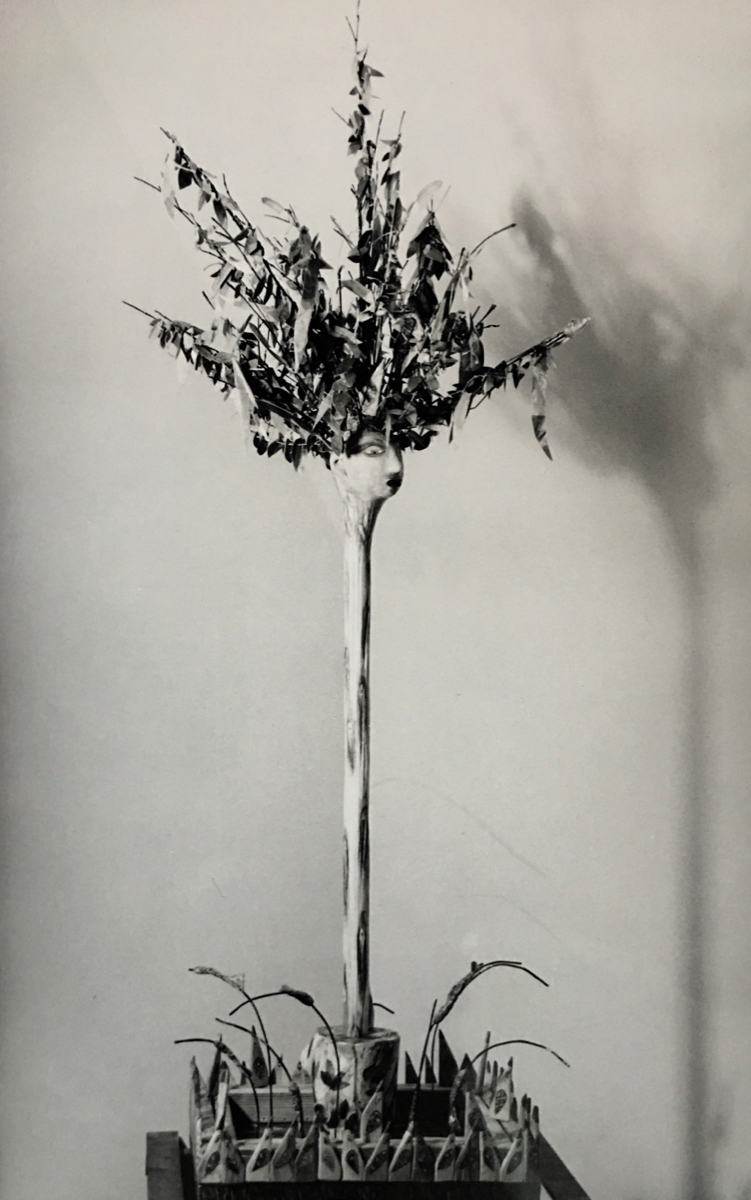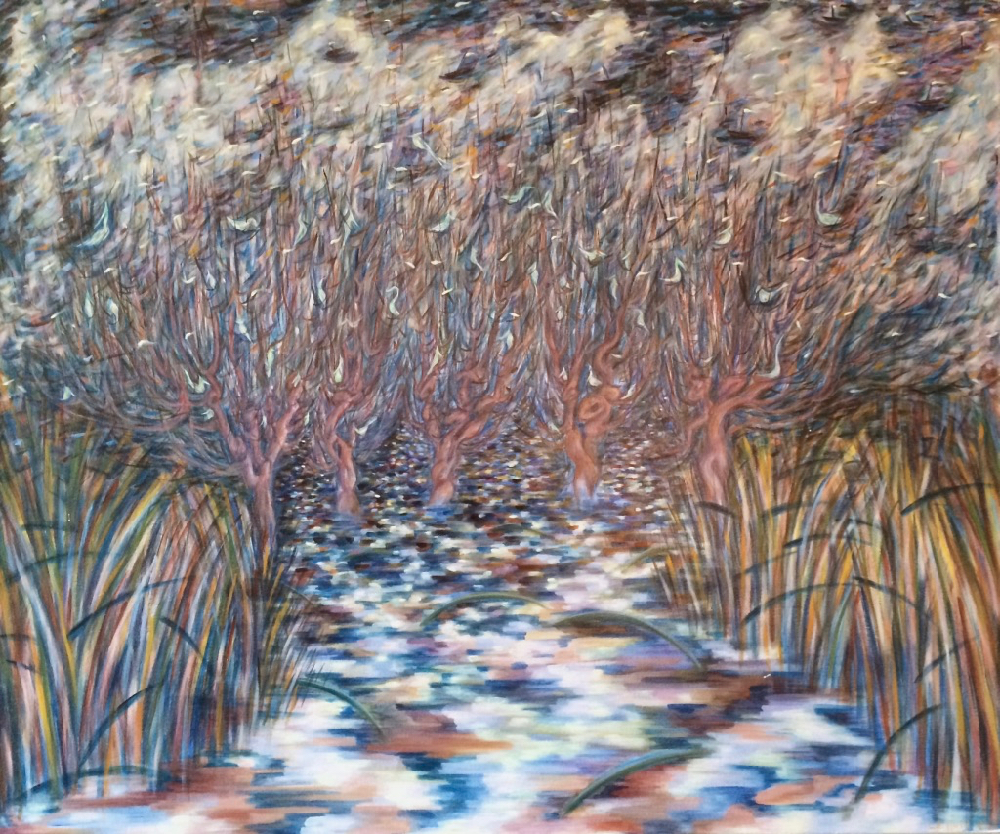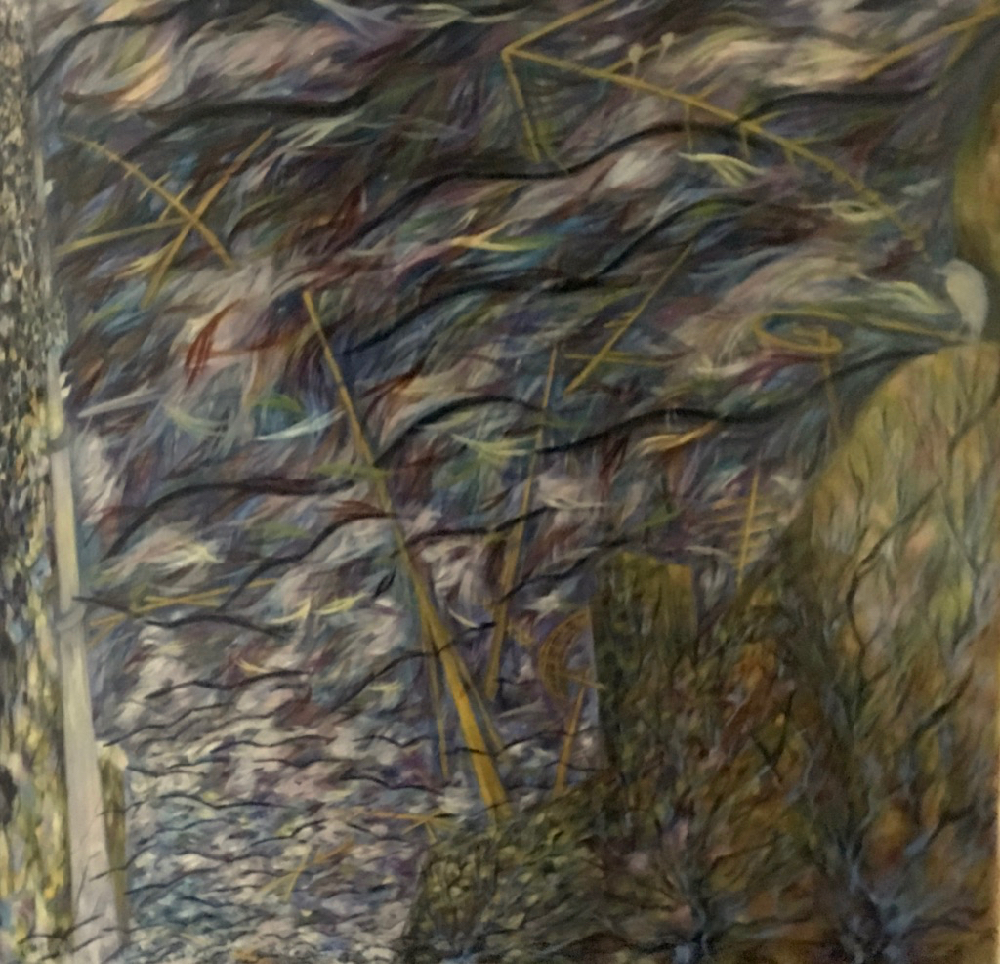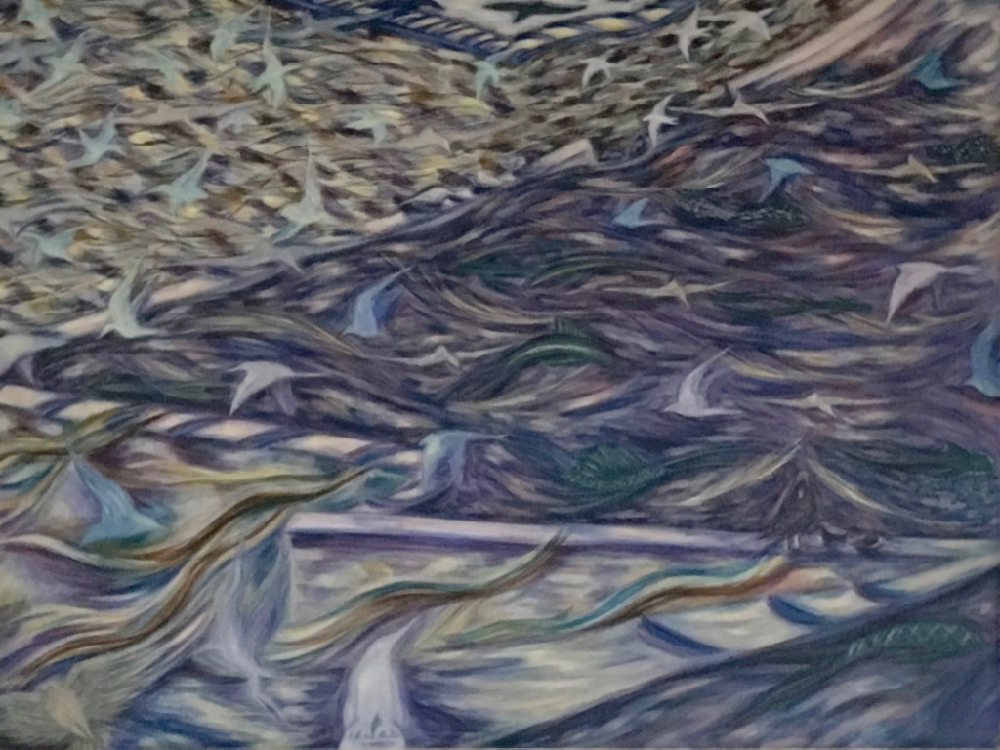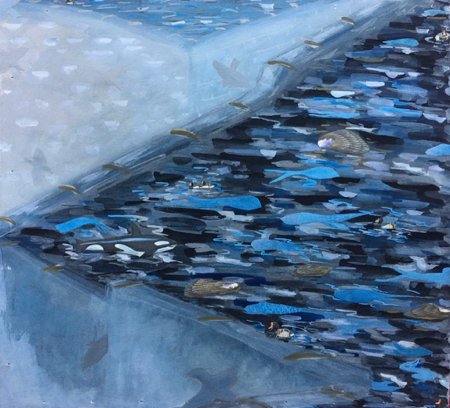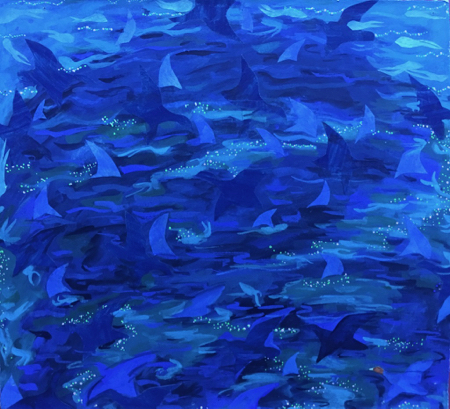“… In the pale evening gloom, when the soft fragrance of magnolias hung in the air, my heart would swell without warning, and tremble, and lurch with a stab of pain. I would try clamping my eyes shut and gritting my teeth, and wait for it to pass. And it would pass –but slowly, taking its own time, and leaving a dull ache behind.” Norwegian Wood Haruki Murakami
✍️
In the yard of my childhood home were all kinds of flowering trees and shrubs—dogwoods, lilacs, azaleas, forsythia, roses, and Japanese magnolias. Honeysuckle vines cascaded over and concealed the ugly chainlink fence, and my siblings and I would often lick the nectar out of the flowers. We would thread violets and lilacs to make miniature Mayqueen crowns, hoping they wouldn’t be too brown by the time we placed them on the heads of the Blessed Mother icons at school.
Besides flowers, there were wild fruit trees. There was an alley behind our house which ran the length of two or three blocks, and we kids knew every backyard that had a mulberry tree for us to climb — we competed with the birds for those berries and I would routinely stuff myself until the time I actually looked at the inside of a beautifully plump one. There seemed to be hundreds of the tiniest white “worms” fully alive and cruising through the remaining half. I think that ended my thievery of the neighbourhood edibles, and the birds were quite happy about it, I am sure.
Spring was a magnificent time to witness so much natural beauty in Virginia. It had a way of being a curtain which hid ugliness and even sadness. In a way, a freshly fallen snow in Chicago or Connecticut did the same thing—until the snow started to melt revealing the mud, the filth, and the trash.
And here I am, back in the land of a real springtime again. I had never really experienced Southern Magnolias before coming to Tennessee.
They are huge and evergreen and the flowers are as large as porcelain cups and saucers. At night, on our walks in the arboretum, some of these trees stand in groups of three or so. The foliage is as dark as a cave, but impenetrable — and the flowers are luminous, especially in the moonlight, and look like alien celestial bodies.
I am often not sure if the magnolias are welcoming or foreboding. But they are beautiful, and I love them. For me, they are constant reminders that such magnificent and other-worldly beauty also possesses at least a hint of malevolence.






